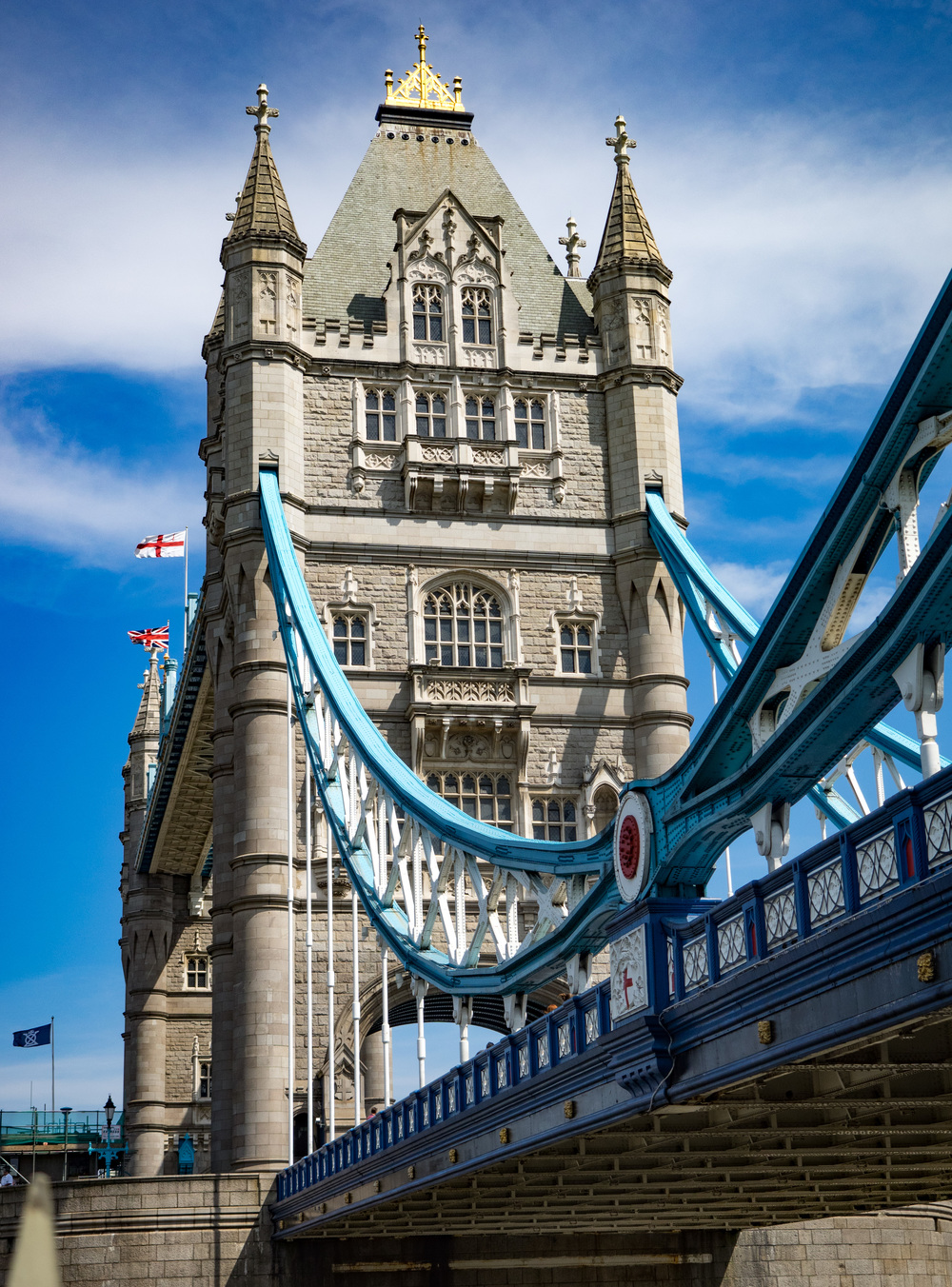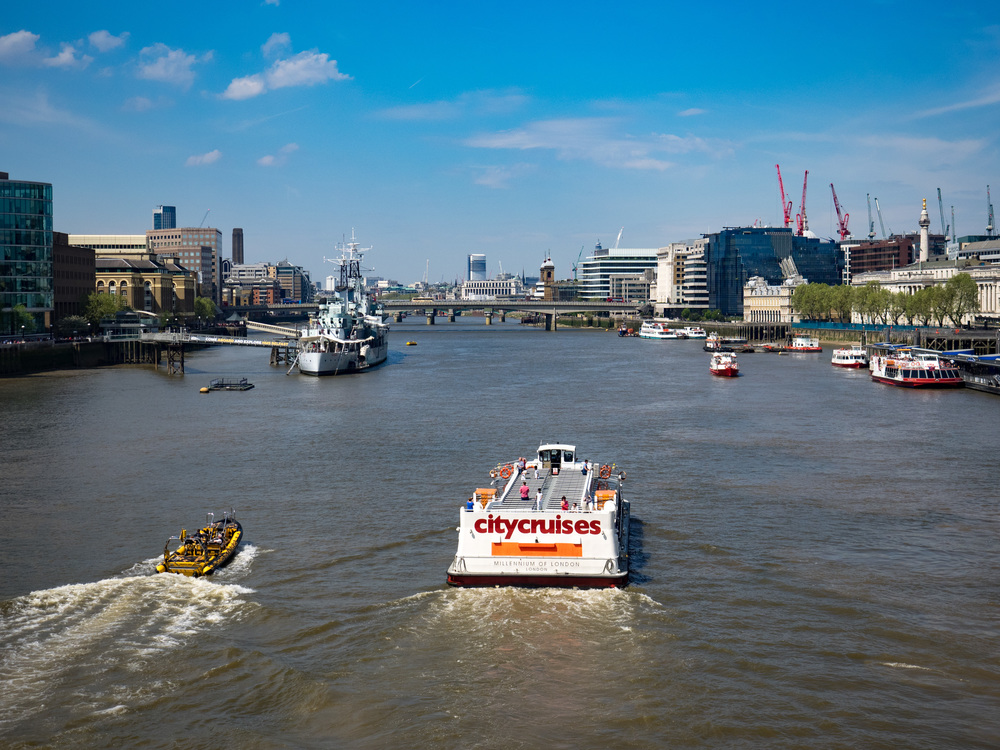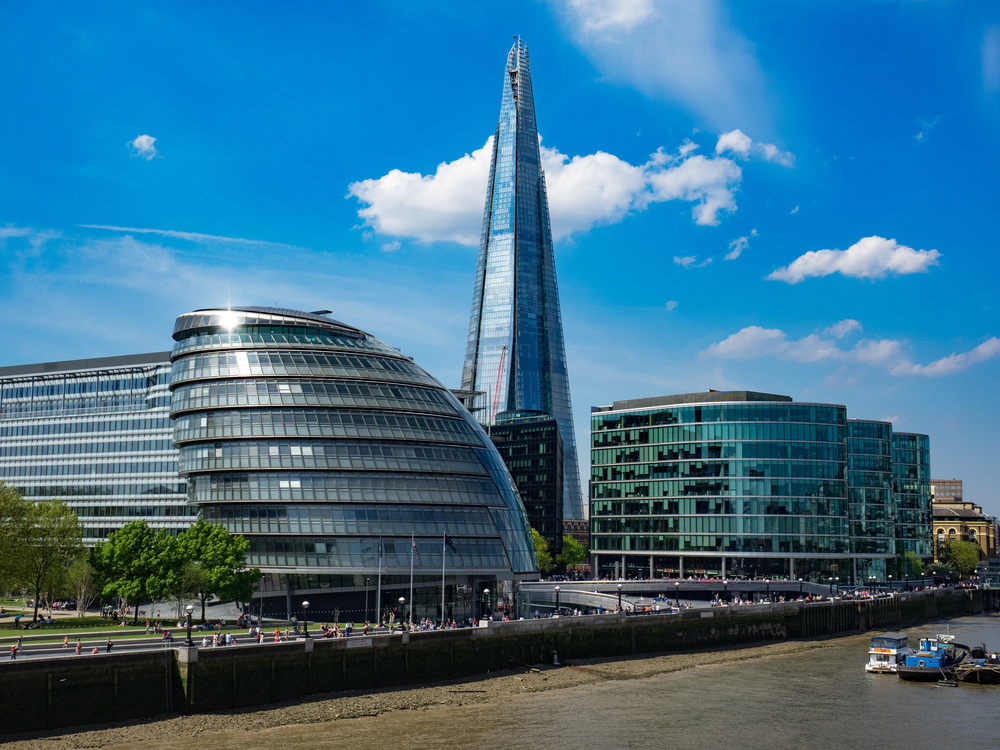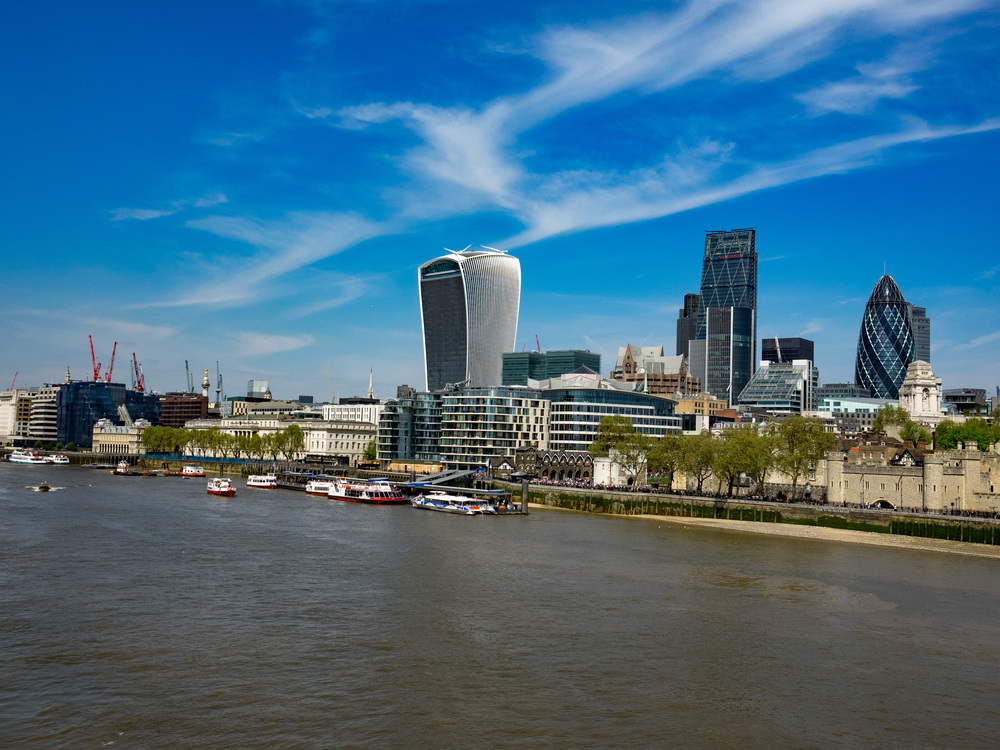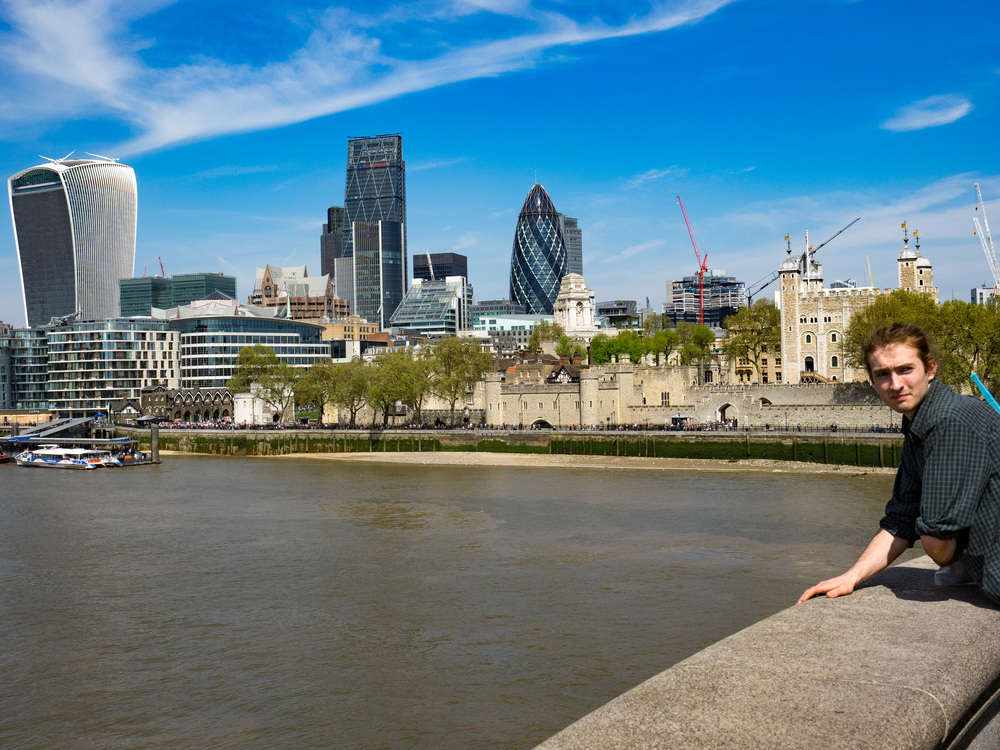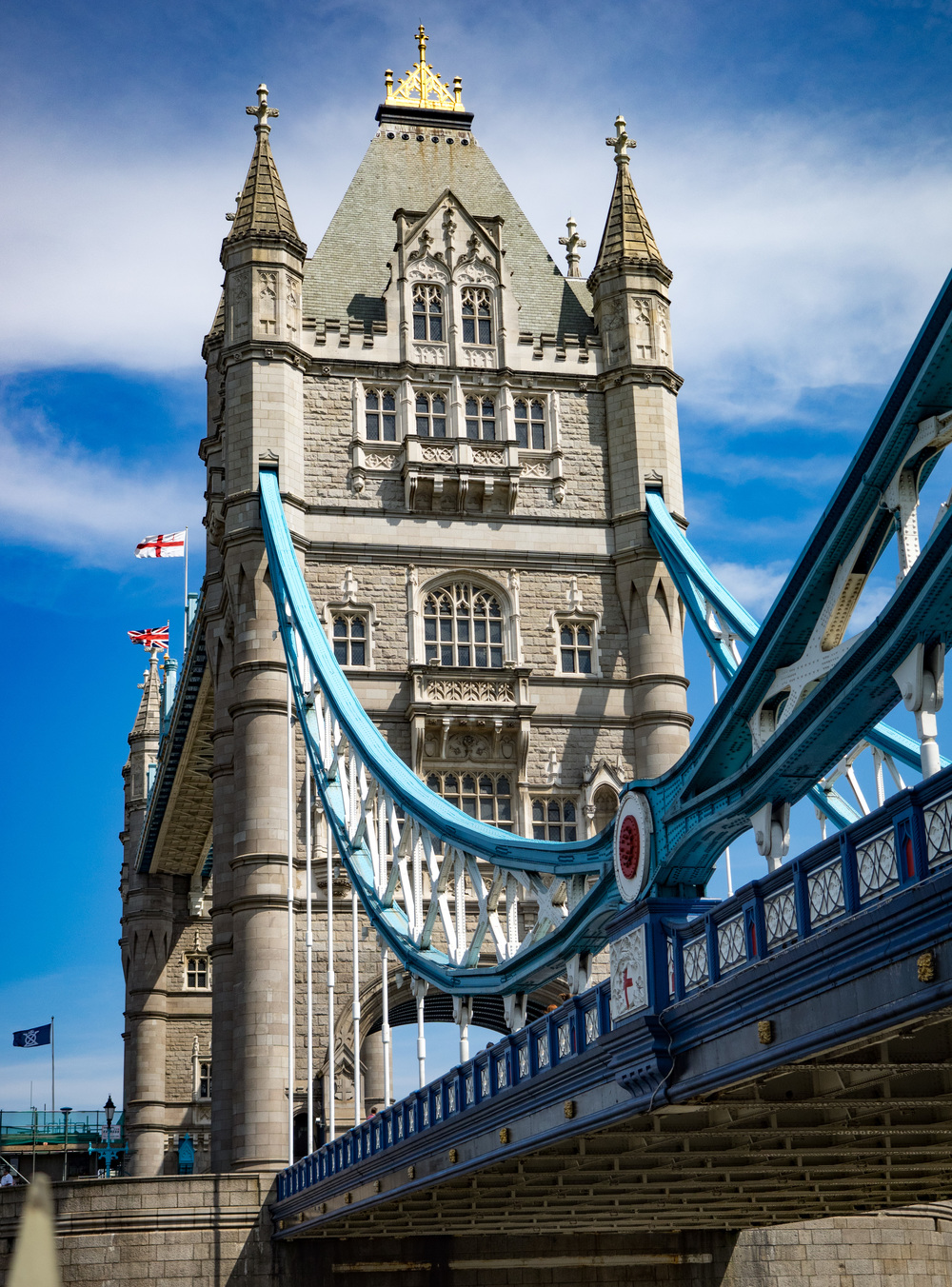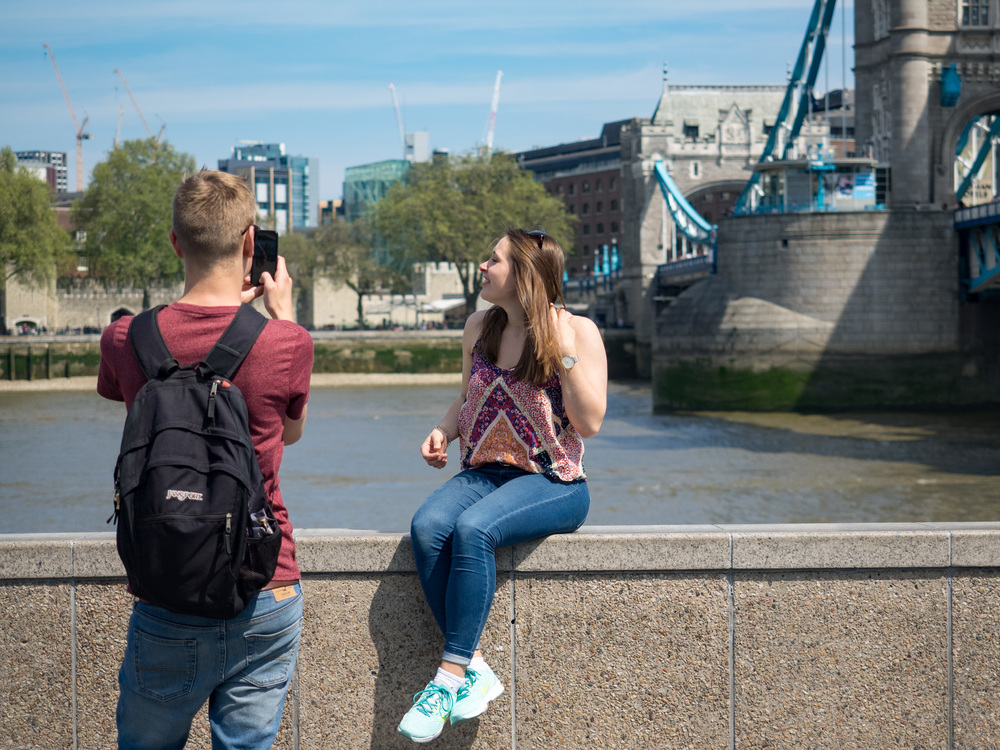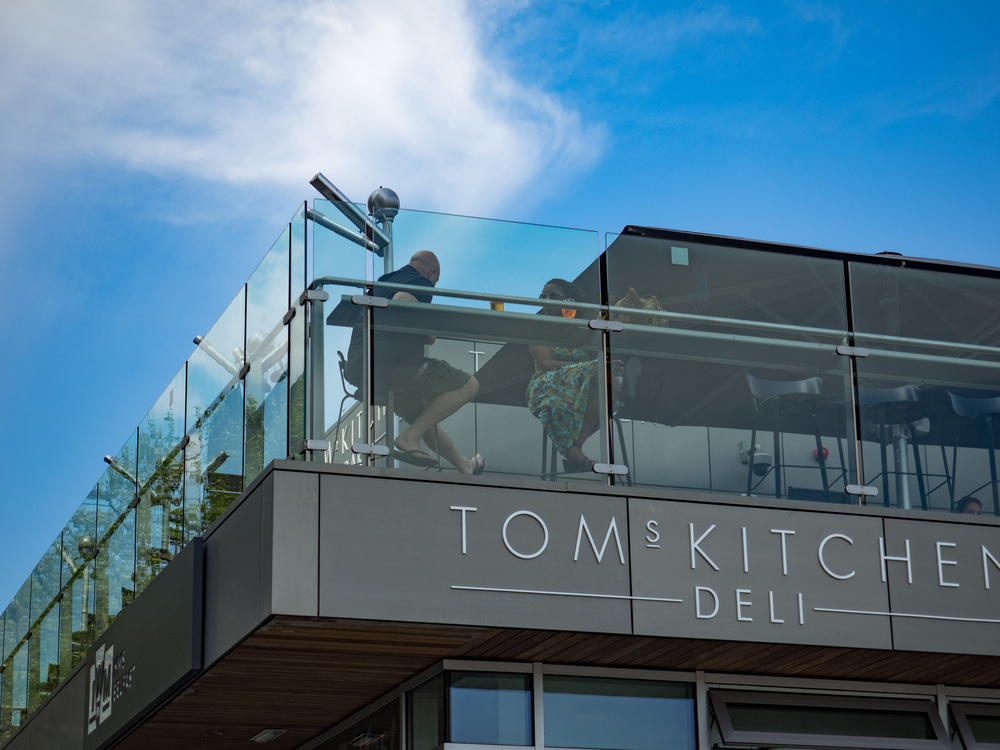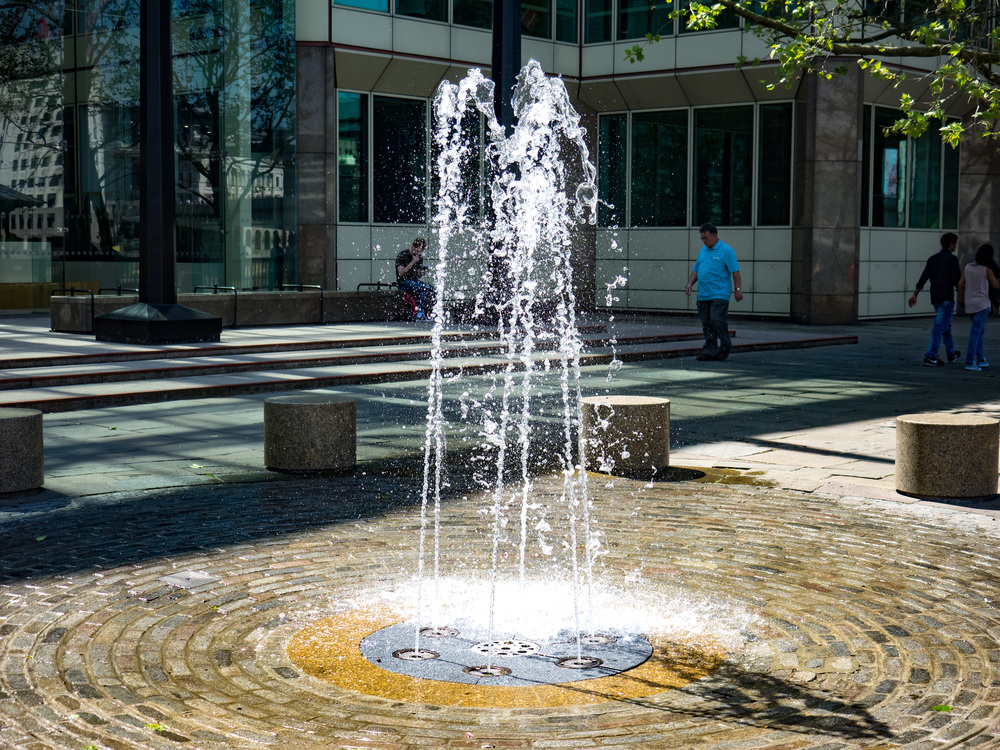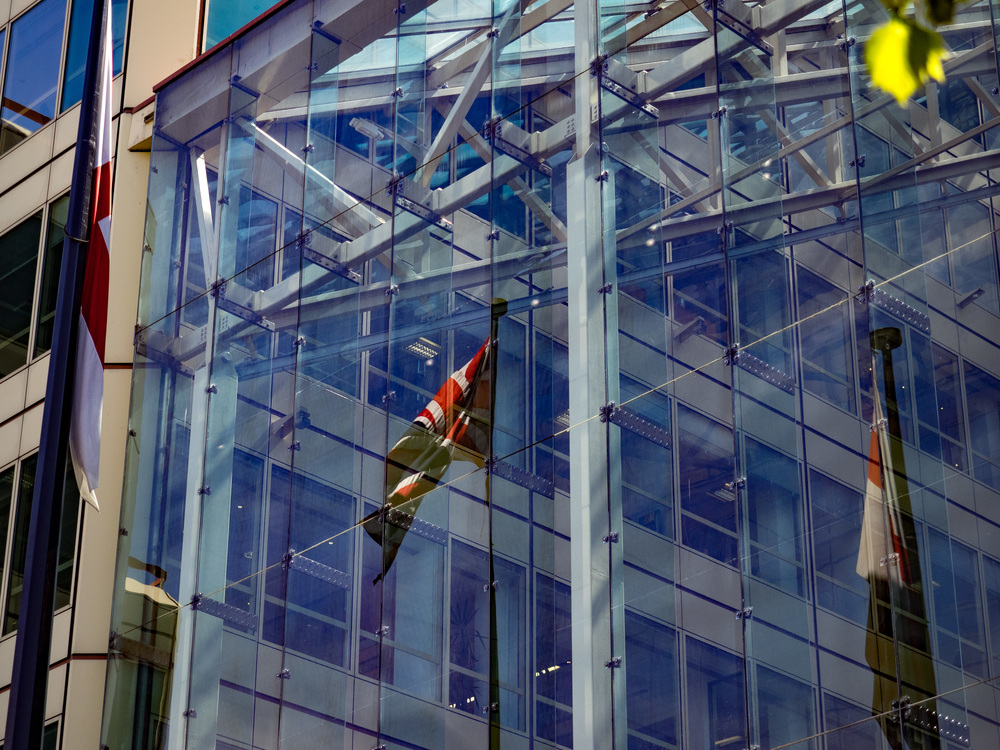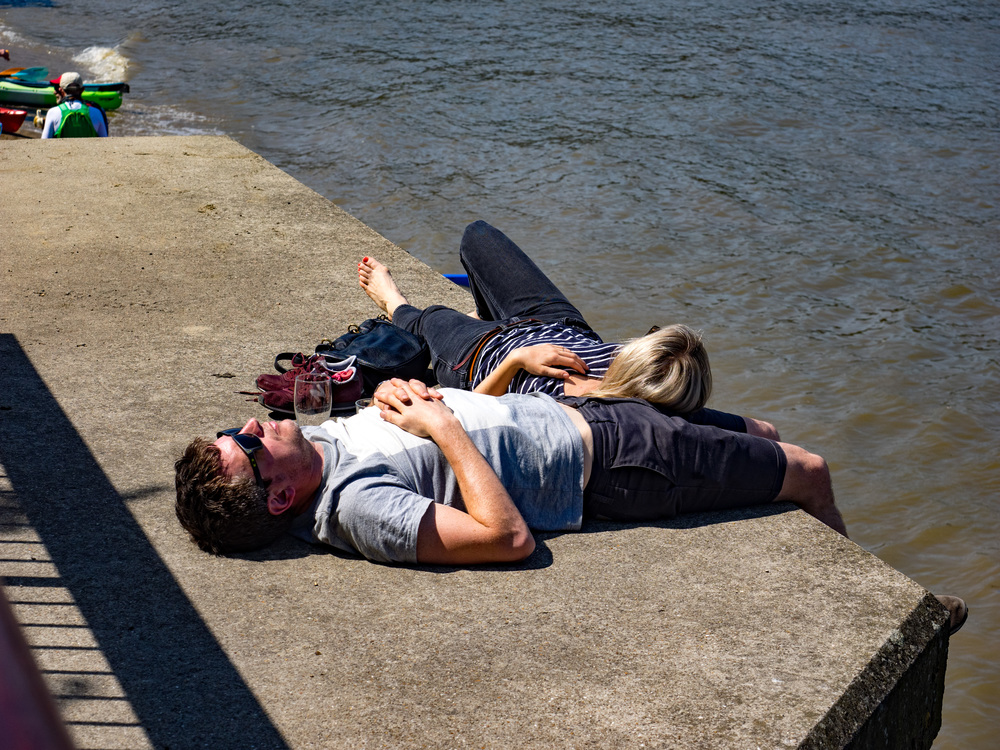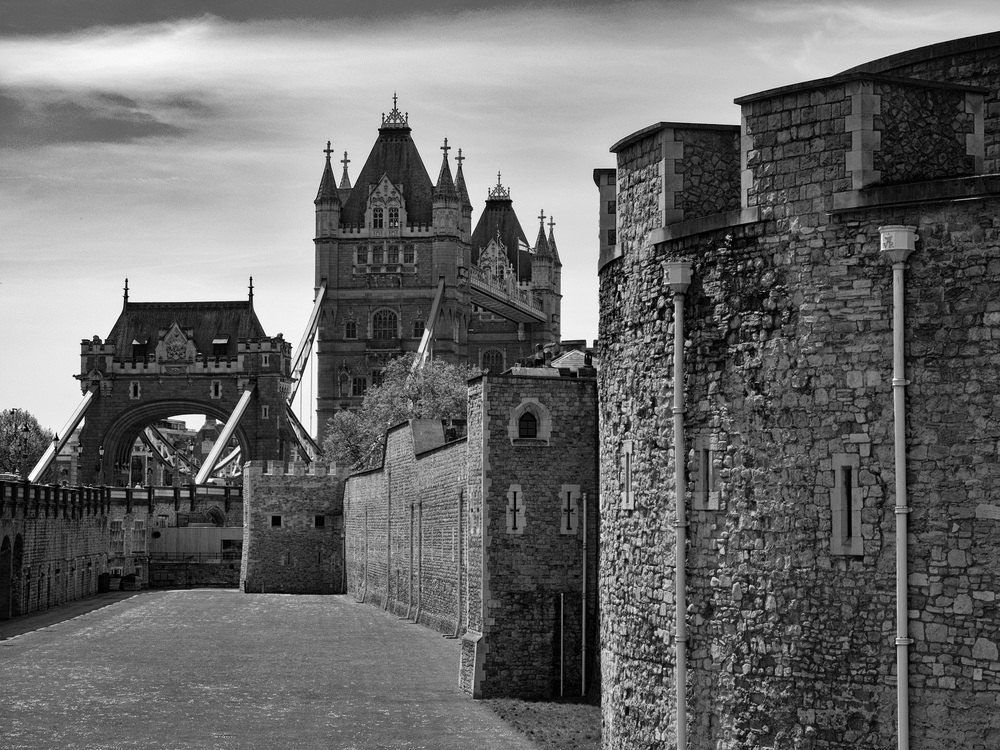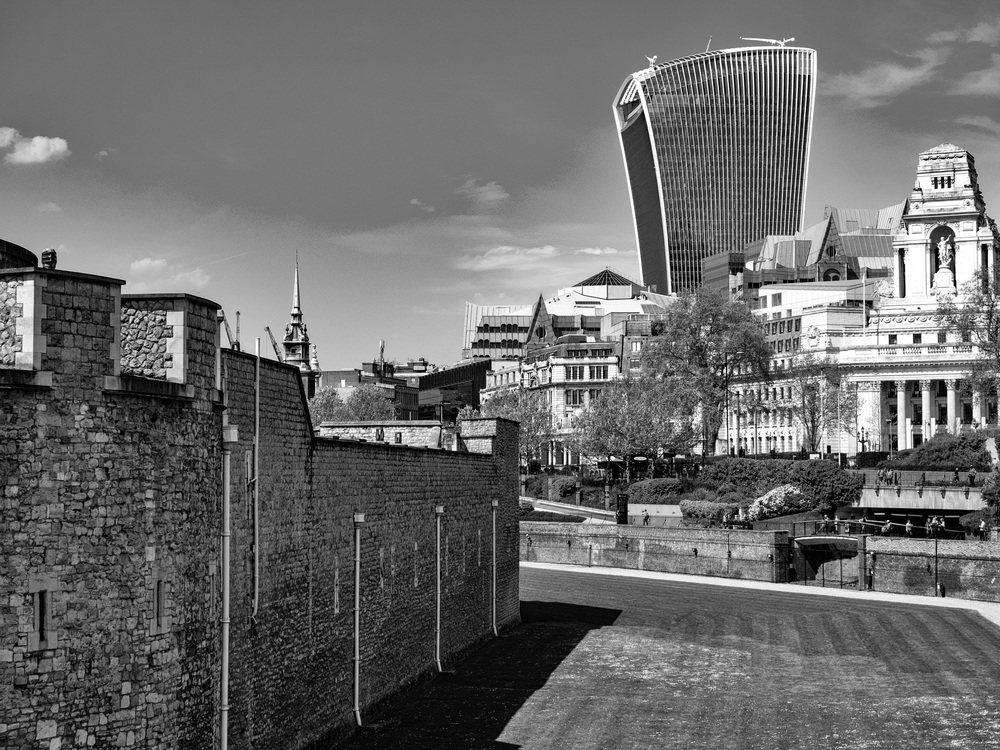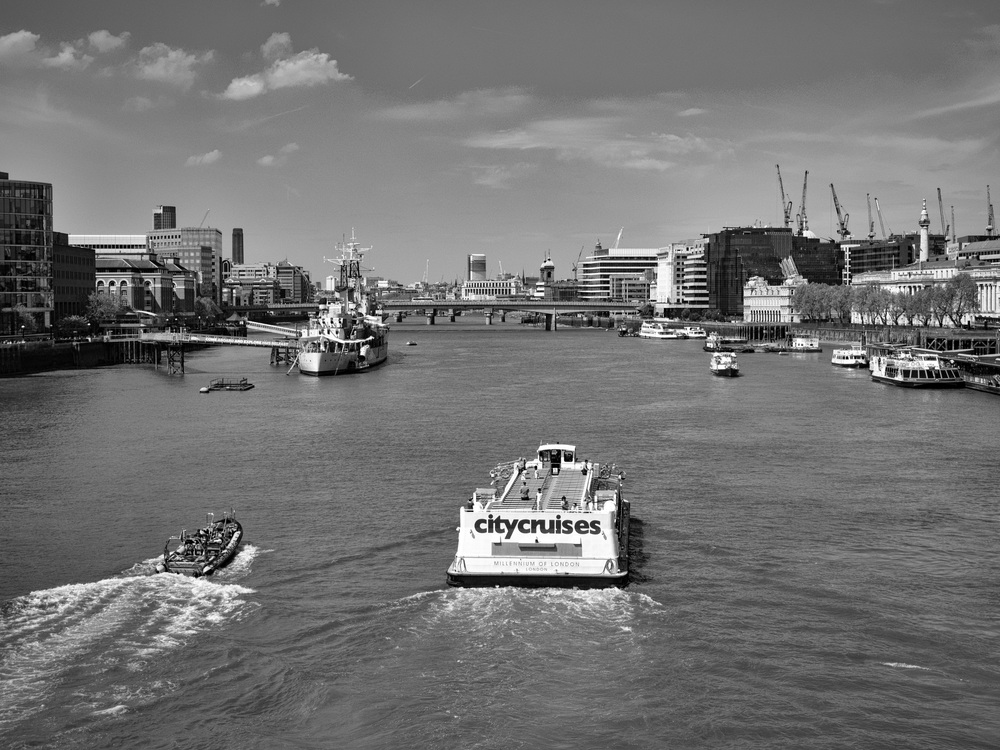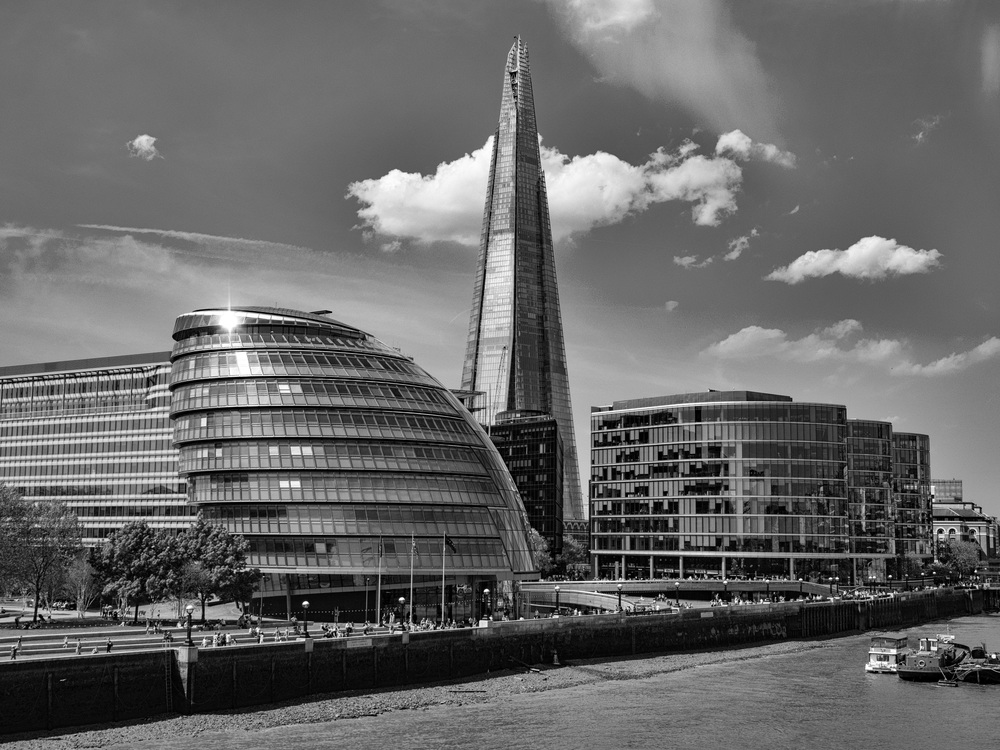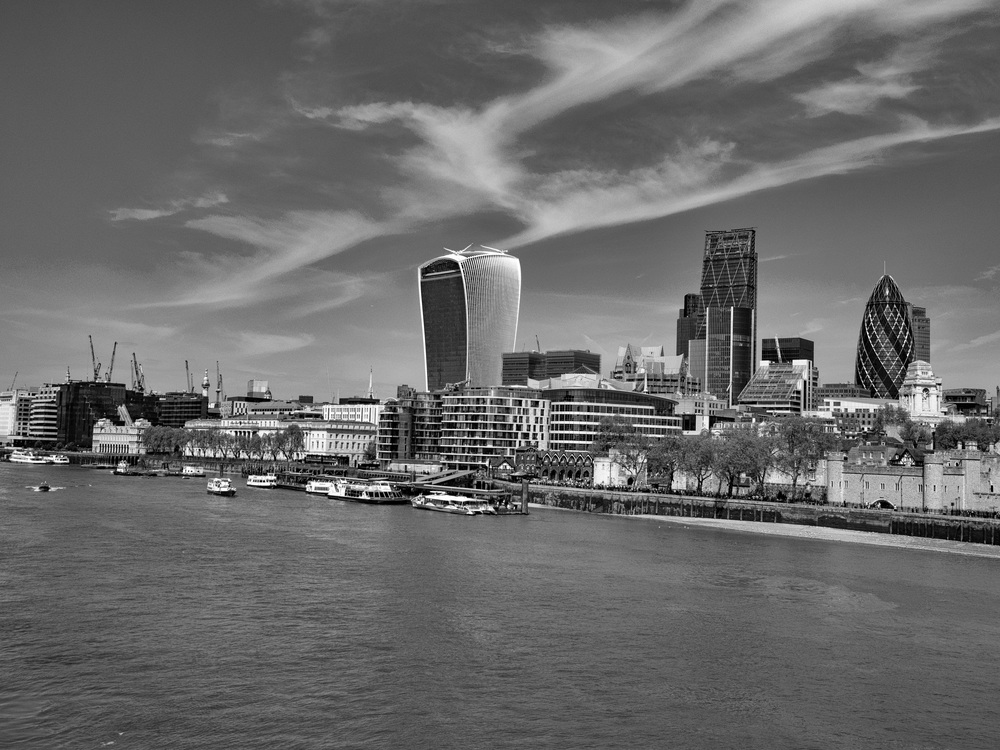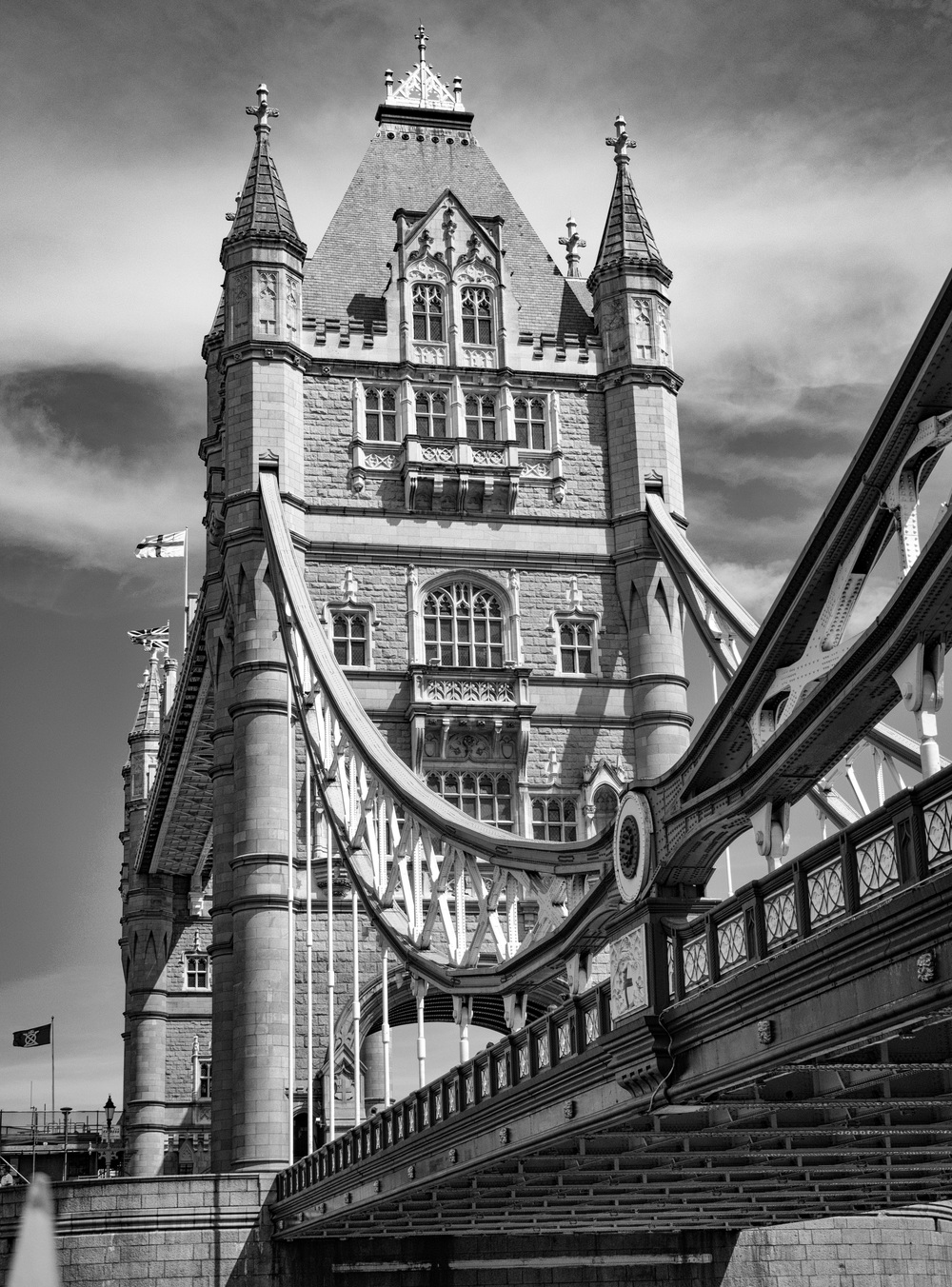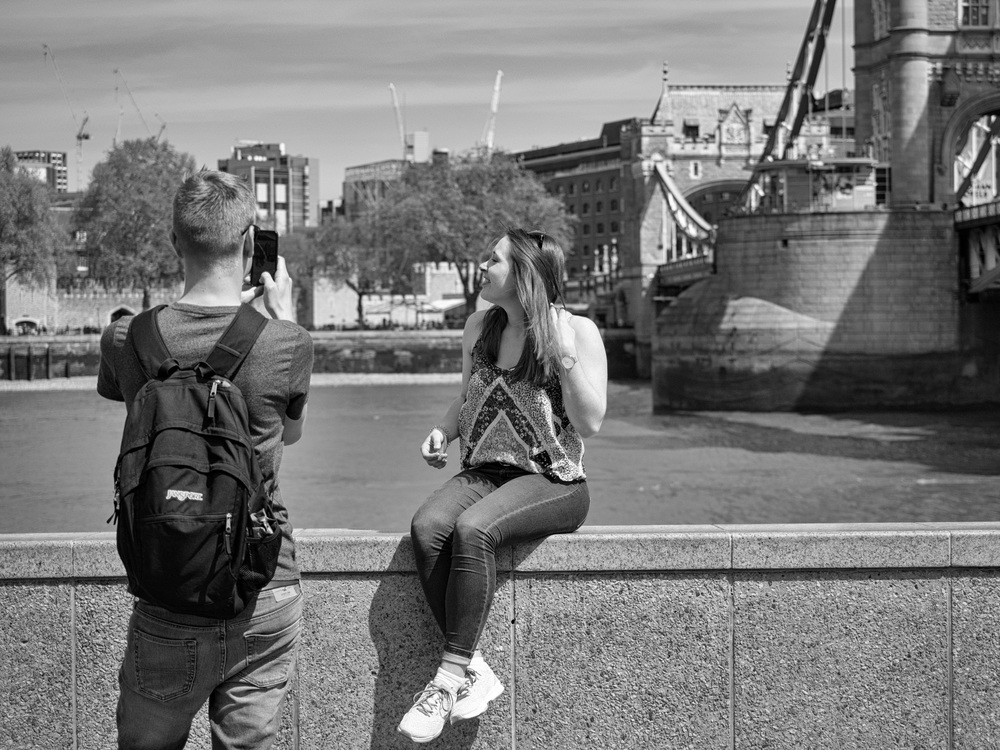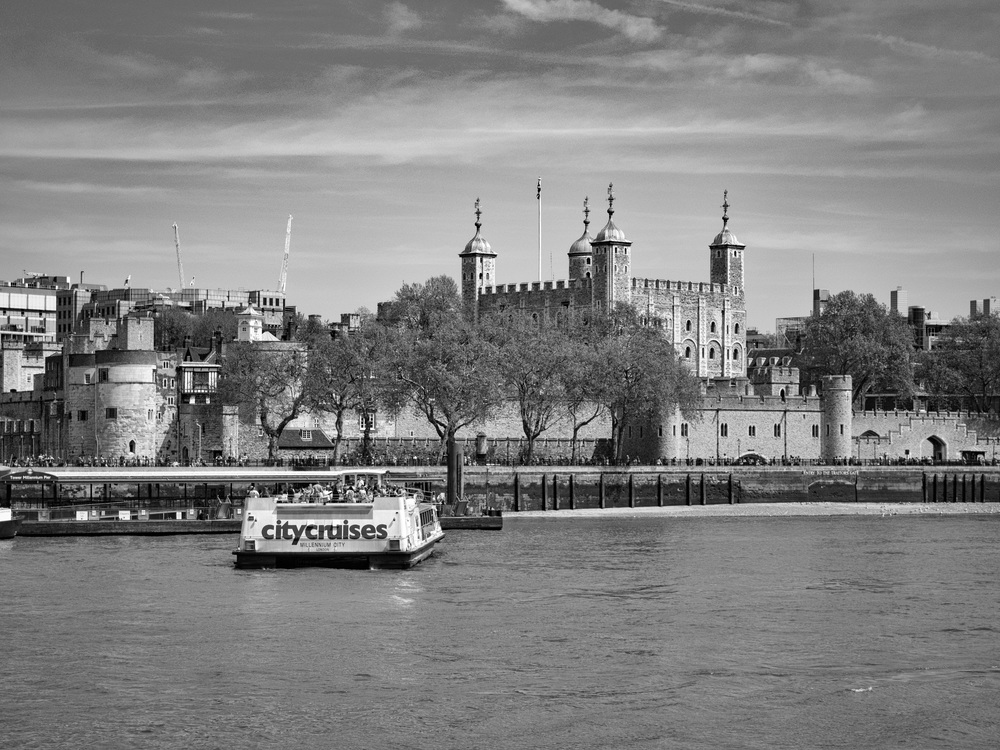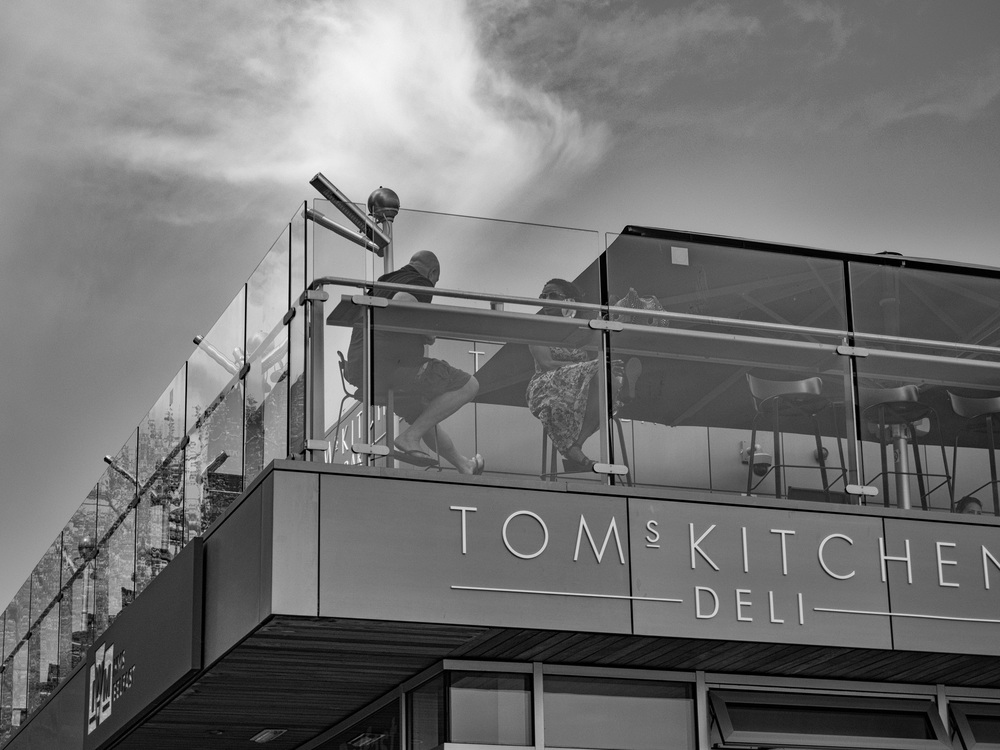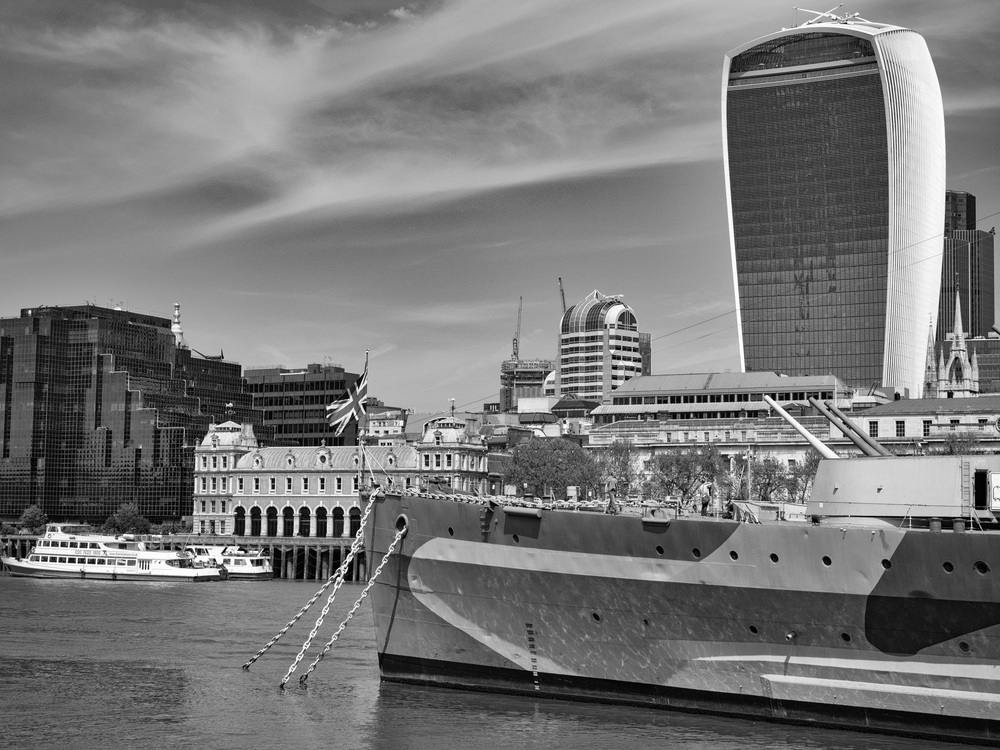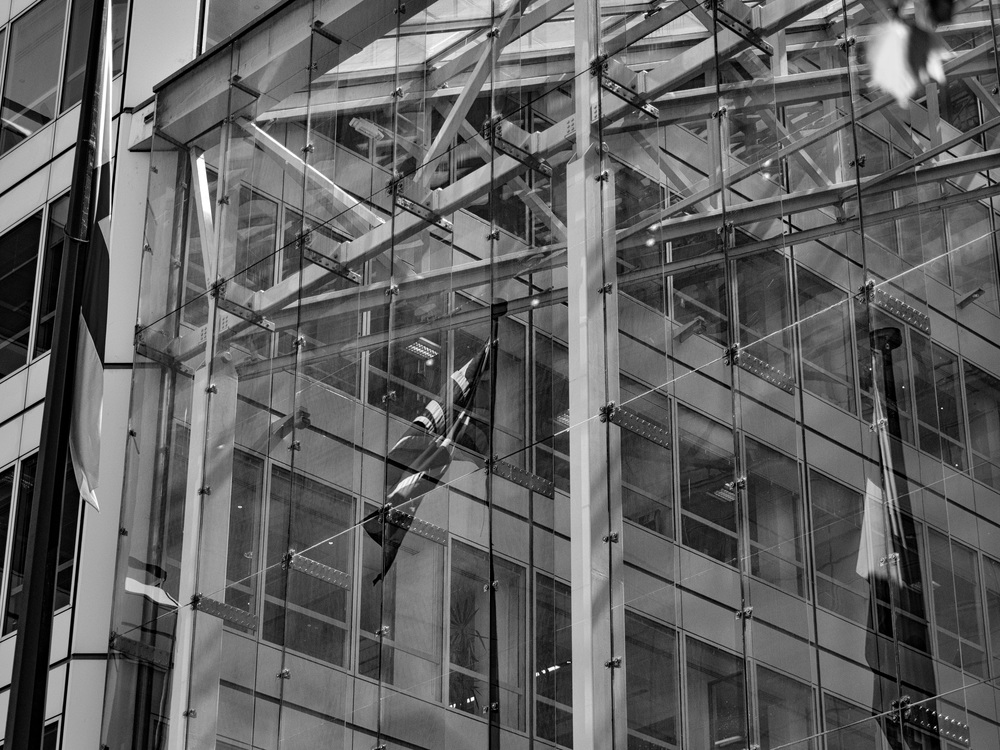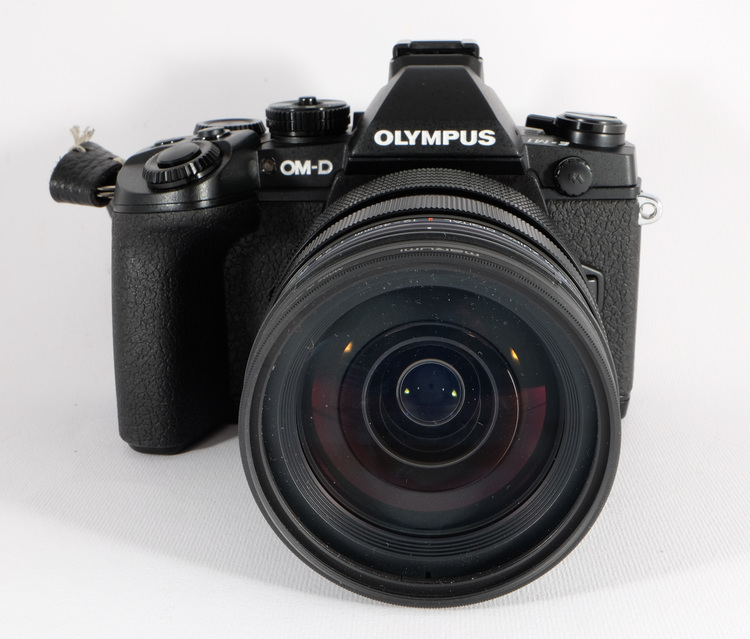Last week I joined Mike Evans on the South Bank in London when he did some of the first shots with the Leica M-D. These appeared in the Macfilos review of the Leica and are being reproduced in the next issue of the Leica Society of America’s Viewfinder magazine.
On Sunday I decided to follow Mike’s footsteps with something different in hand—the Olympus OM-D E-M1 and that rather addictive 12-40 M.Zuiko f/2.8 zoom which featured in our zoom lens comparison last week. Mike had earlier taken the Leica SL and 24-90mm zoom along the same well-trodden path south of the Thames and it is interesting to compare those results with the M-D and, now, the Olympus.
This review is very much a collection of first impressions and not an exhaustive run-down on the Olympus. There are many full and better tests available on the internet. I have had relatively little time with the camera and have had to hit the road running. But first impressions are often lasting ones.
If so, this is a very good sign. As soon as I picked up this camera and lens combo I was impressed. Both the body and the lens exude quality and feel solid and precise. Build quality is exceptional and I’ve handled some pretty exceptional cameras in my time. All the controls are smooth and the ergonomics of the lens, including the auto/manual focus clutch are outstanding. The current range of Olympus optics is a joy to behold and the 12-40 (which has a 35mm equivalent range of 24-80mm) is no exception.
Furthermore, both camera and lens are weather resistant and help make this into a superb travel companion whatever the conditions.
As Mike mentioned in the three-zoom review, the Olympus has a rather obtuse menu system that takes some learning. I have invested a bit of time (but not as much as I would have liked) and am now feeling more confident.
The Oly handles superbly and it is no secret that it focuses like an eagle swooping on its prey. The picture was taken almost before I was conscious of focus locking. It is perhaps too quick for me; I became overconfident and somewhat careless. Yet I love the auto-manual setting (seen in several other cameras) which allows auto focus with a manual override as soon as the focus ring is nudged. It works well and gives almost the best of both worlds.
Busy layout
The controls of the Olympus take some getting used to. There are buttons and dials to suit most occasions and, frankly, the whole layout is rather busy for my tastes. Since I was shooting RAW and not jpg, many of the possible adjustments were redundant. But this didn’t stop me pressing buttons by mistake. Some of them can be disabled in the menu and I would be settling down for a major pruning operation if I owned this camera. In fairness, this is a criticism I could aim at almost every digital camera on the market. The good news is that the Olympus is eminently customisable and I am sure I would be feeling quite at home given sufficient time to play.
As an interim measure, I set the camera on aperture priority with both front and rear dials linked to aperture selection (in case I nudged the wrong one by mistake). With auto ISO and auto white balance engaged and the electronic shutter switched on (enabling wide-open shots in sunlight) I was ready to go.
It seems a bit contrary to take such a versatile camera and then dumb it down to the aperture-speed-ISO exposure triangle that I am most familiar with. But I was happy to treat the Oly as the pro device it is, excluding all the options for in-camera processing that add such complication to most digitals. In this respect I admire Mike’s M-D for its sense of purpose. Mike was able to concentrate entirely on the photographs without worrying about the camera settings. I believe this is obvious in the resulting pictures. I tried to do the same with the Olympus and feel the experiment was successful up to a point.
As Mike will readily admit, the presence of such a lightning-fast autofocus and the useful 24-90mm zoom range meant that I could grab opportunistic shots that would have been difficult with the rangefinder and 50mm prime. That said, some of my quick shots missed focus or concentrated on the wrong area, almost certainly because I was over enthused by the quick AF to the point where I became careless. Blame the photographer.
Slower work, or manual focus, can be more accurate, although more familiarity with the Olympus would undoubtedly help. The Leica M needs more deliberation, not that this in itself is a bad thing. It can lead to more thoughtful and deliberate photographs. On the other hand, I was snapping away without too much concern; it felt so easy easy and I was content to sort the wheat from the chaff later in the day. However, as I discovered, I did have quite a lot of chaff when I returned to Lightroom. I need to slow down a bit with this camera.
Nifty in the extreme
The Olympus is nifty in the extreme, much of this down to the smaller sensor which certainly helps achieve those faster focus times. The sensor, a quarter the size of the M-D’s or the SL’s 35mm format, has to be taken into account in image quality although the differences are not huge when viewed on a web site such as this. They are more noticeable in Lightroom when processing the files. MFT ultimately loses out at higher ISO and in dynamic range when examined closely. It is only to be expected. More obvious, however, is the wider depth of field at given settings in comparison with full frame or, even, APS-C; it offers less opportunity for creative separation which can be an effective visual tool in focusing attention on the subject.
The impressive constant f/2.8 of the Olympus zoom is in reality equivalent to f/5.6 on a full-frame camera such as the M-D or the SL. The f/2 Apo Summicron vastly outperforms the M.Zuiko when it comes to subject isolation and impressive bokeh. Again, only to be expected. But the Oly performed well enough and I would have no qualms in using it as part of a second, lightweight system. It makes a great street and general landscape camera. I suspect, too, that with its speed of autofocus it is one of the best mirrorless choices for sports photography.
In many respects the OM-D with this lens reminds me of the Leica D-Lux (Panasonic LX100) which has a faster f/1.7-2.8 lens but in a smaller, lighter package. The sensors are similar in size except that the Leica has a 10% greater crop (2.2 instead of the usual MFT 2.0). The Leica, which is four-thirds rather than micro four-thirds, produces very similar results.
Having used the Olympus, the Fuji X-Pro2 and the Leica M in recent months, I have been considering which of the two smaller-sensor systems would make the best backup to a full-frame for travel. Many M owners carry the D-Lux for that purpose, but the OM-D (or, perhaps more so the new PEN-F with its improved sensor and wider dynamic range) offers a more versatile package. With any of the Olympus bodies you have the choice of a bewildering array of excellent primes (including Leica Panasonic versions) and some first-class zooms such as the 12-40 discussed here.
Looking good
Results from the Olympus and 12-40 are impressive, especially so when you bear in mind that the sensor in the E-M1 is an old design, probably four or five years since it was introduced. Looking at the RAW files in Lightroom it is clear that dynamic range is compromised, as with all smaller sensors, and there is less wriggle room to bring dark areas back to life. Full-frame files are more forgiving in this respect.
I realised I had more than my usual share of focus misses which I put down to carelessness. I’ve learned my lesson that, despite the fast autofocus, it isn’t infallible in locking onto the precise focus point when pushed. With other cameras I would be more deliberate but the Olympus seduces with its near-instantaneous autofocus and this can lead to sin. Treat the Oly less exuberantly, as you would most cameras, and it will be just fine.
Despite some misgivings over dynamic range (a criticism that can be aimed at all smaller sensors) the output is good; and I love the ergonomics of that 12-40mm lens. The clutch ring to switch between auto and manual focus is a triumph and as pleasing to fiddle with as the macro clutch on the Leica Q.
Above all, though, the E-M1 is a real joy to handle. It fits in a small Hadley bag without problems (even with this zoom which is much larger than the many primes that complement the camera well) and is quick and easy to use—once you have mastered the controls that is. Together with this lens it is a weather and dust-sealed unit that will strand up to some seriously bad conditions. It is a true travel camera for all occasions.
Where does this leave the Fuji X-Pro2? It is very much piggy in the middle or, should I say, quite a bit nearer to the full frame with its 1.5 crop. It could even be too near. The Fuji can almost be seen as a replacement for full-frame yet, as a second system, it does not offer the same weight or size savings you enjoy with MFT.
If you wish to carry both full frame kit and a secondary, lighter system there is a strong case for Micro Four Thirds and this Olympus points the way to what is possible. The final decision, from my point of view, boils down to how satisfied I am with the output.
Will I always be wishing I’d packed a camera with a larger sensor even though it would be heavier and more cumbersome? Or will I satisfy myself that the Olympus can produce the sort of results I look for? From everything I have read, the answer should a clear yes, the Olympus is capable of delivering.
The E-M1 will be going back soon. When it does, we will have the opportunity to borrow its thoroughly modern PEN-F stablemate. This camera has a much newer sensor with greater dynamic range and ISO performance, according to reports. It could well narrow the gap in perceptions, although it loses out on not being weather sealed. Later I will report back and let you know whether I prefer the lightweight Olympus/Panasonic MFT or the Fuji APS-C solution as a companion to a full-frame camera. One thing for sure, I’m not going to give up on full frame.
Such has been the rapid pace of development in sensor technology over recent years that smaller chips such as the one in the E-M1 are capable of remarkably good results. When the cost and weight benefits are taken into account, it is hard not to see the overall advantages of this system.
Once upon a time, way before the second world war, Leica was the micro four thirds of the age. The Leica I, described rather disparagingly as a “minuature” camera, was not taken seriously for many years. Professionals were still clinging to their larger formats. Gradually, however, the 35mm format became mainstream and was regarded as a new standard (after all, we now call it “full frame” as though it is the ultimate). Yet it was not until the 1960s that professional journalists moved over from medium format to 35mm when convenient and tiny cameras such as the Pentax came to Britain.
Perhaps we are now seeing a repeat of this process. As micro four thirds (and, even, one-inch) sensors improve they are beginning to challenge the larger formats. It is easy to see why more and more people are turning to Olympus and Panasonic, not just for the convenience and output, but because this is a genuine system with a lens line-up to challenge even Leica in terms of versatility and options.
Links and further information
- Leica SL shots on the South Bank
- Leica M-D shots on the South Bank
- Leica M-D goes to Oxford
- Subscribe to Macfilos for free updates on articles as they are published. Read more here
- Want to make a comment on this article but having problems? Please read this
The camera and lens for this review was loaned by Chiswick Camera Centre, main agents for Olympus



